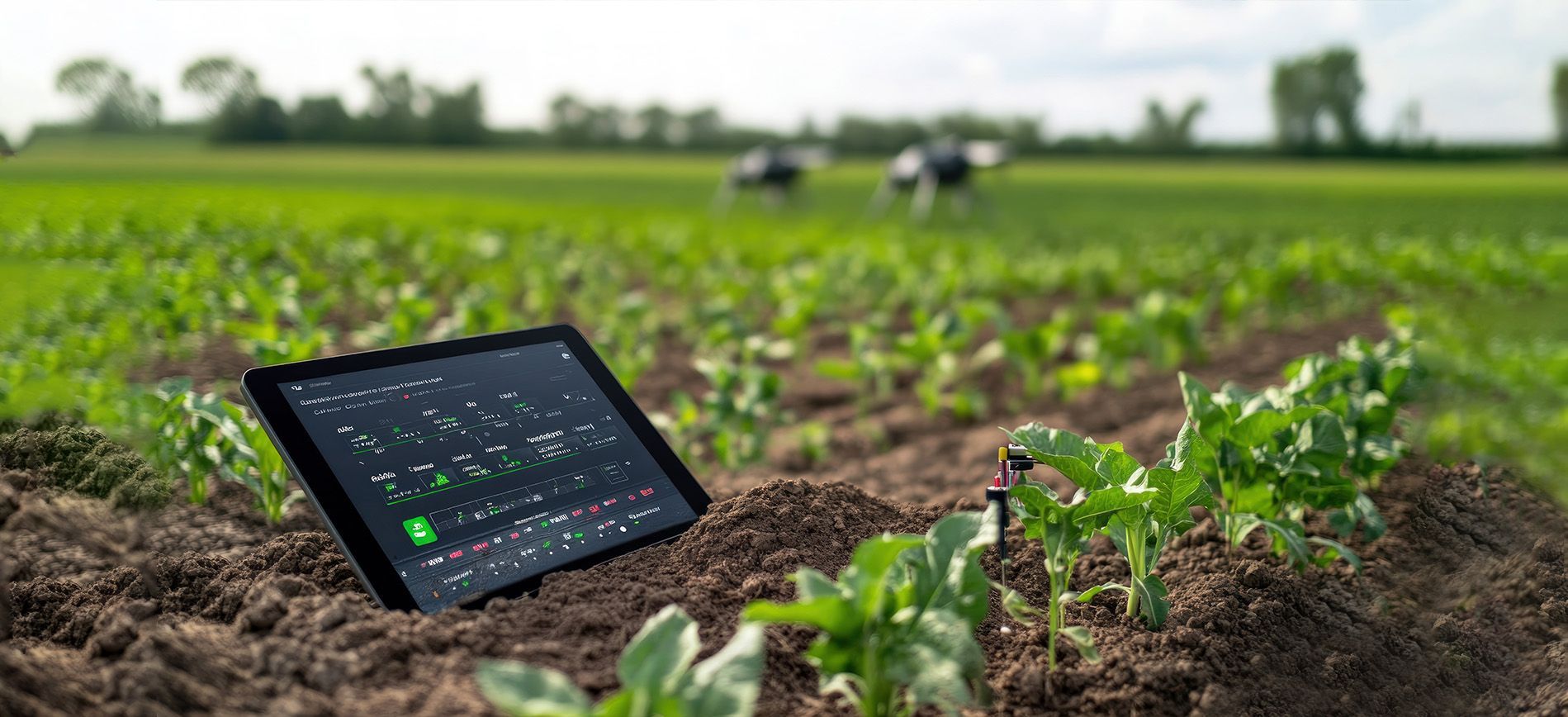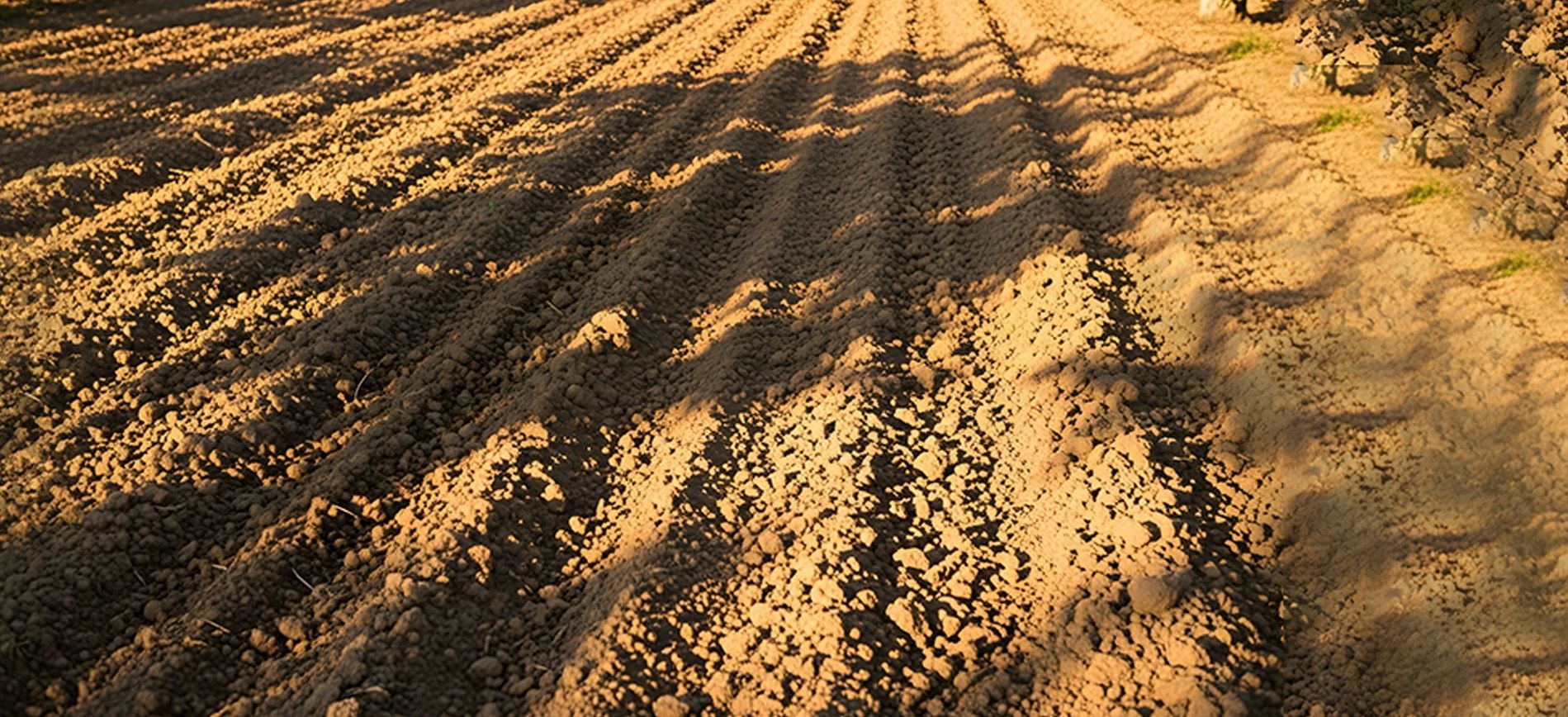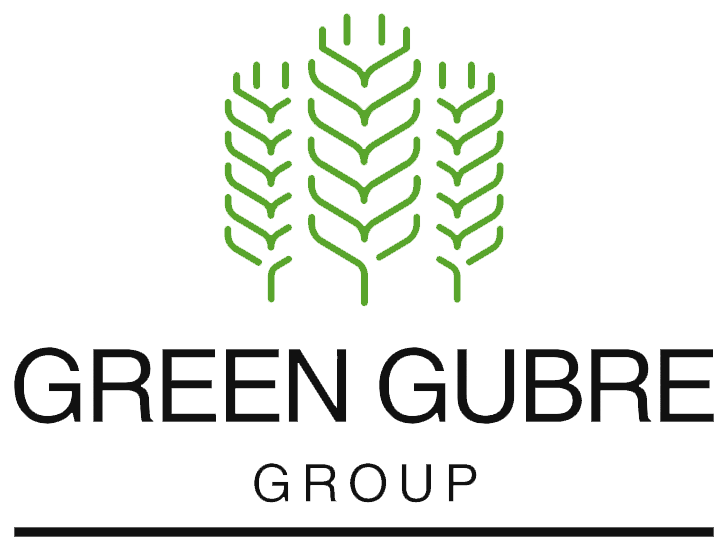Feeding a Growing East Asia – Fertilizer Demand and Innovation in 2025
Feeding a Growing East Asia
Fertilizer Demand and Innovation in 2025
East Asia, a region of paramount importance in the global agricultural landscape, is home to over 1.6 billion people and some of Earth's most intensively farmed lands. This region's intricate relationship between food security and agricultural innovation is a key focus. From the paddy fields of Vietnam and Indonesia to the high-tech farms of South Korea and Japan, the demand for fertilizers like granular and prilled urea, NPK blends, and ammonium-based compounds continues to grow in 2025.
As climate volatility, land degradation, and water scarcity threaten the region’s food production, adopting
precision nutrient management and
sustainable fertilization techniques becomes increasingly crucial. Governments and agri-tech firms in East Asia are actively implementing these strategies to ensure the security of future harvests.

Fertilizer Demand in East Asia – A Regional Breakdown
China (Rural Heartland and Export Policy Impact)
- China remains the largest fertilizer consumer globally, yet its tight export controls on urea and phosphate fertilizers have affected regional supplies.
- Domestic use of prilled urea dominates due to its ease of blending and transport across vast farmlands.
- However, the government has mandated
reduced fertilizer overuse and promotes
slow-release and eco-friendly options.
Vietnam and Thailand
- Both nations continue to experience high urea and NPK demand, particularly during the two major rice-growing seasons.
- There is an increasing demand for balanced NPK formulations like 15-15-15 and 20-10-10, tailored to rice, coffee, and rubber plantations.
- Local cooperatives are receiving support through
government-backed fertilizer subsidies.
Indonesia
- The largest economy in Southeast Asia is scaling up subsidized fertilizer distribution, focusing on granular urea and NPK blends for palm oil, rice, and maize.
- The government aims to improve food self-sufficiency through
region-specific fertilizer recommendations and
soil mapping programs.
Japan and South Korea
- Though more minor in an agricultural area, these countries lead in precision agriculture.
- Use of innovative fertilizers, controlled-release urea, and drone-enabled fertilization is increasing.
- Organic and biofertilizers are also gaining ground, especially in horticulture and greenhouse farming.
The Edge of Science: Fertilizer Innovation in East Asia
East Asia is becoming a global R&D hub for fertilizer technology, driven by:
- Nano-encapsulated nutrients that reduce leaching and volatilization.
- Microbial biofertilizers adapted to acidic and waterlogged soils.
- Satellite and AI-based nutrient recommendation systems, especially in Japan and China.
- Collaboration with international bodies to test and deploy
low-carbon nitrogen fertilizers.
Example: South Korea’s “Smart Farming Valley” project integrates
IoT sensors,
automated fertigation, and
machine learning to enhance nitrogen use efficiency.
Market Dynamics and Trade
- Export restrictions from China have led countries like Vietnam, the Philippines, and Malaysia to diversify their sourcing from Iran, the Middle East, and Russia.
- Freight volatility in 2025 has slightly increased CIF prices for granular urea and NPK shipments to East Asia.
- The regional fertilizer market is becoming more price-sensitive and quality-driven, with a growing preference for certified and traceable fertilizer products.
Government Support and Policy Shifts
Many East Asian governments are emphasizing soil health, digital farming, and climate resilience:
- Vietnam: Soil fertility mapping in Mekong Delta
- Indonesia: Smart Subsidy card for real-time fertilizer tracking
- China: Nationwide “zero growth in fertilizer use” campaign
Future Outlook
By 2030, East Asia’s fertilizer demand is expected to shift further toward:
- Customized blends for crop and soil types
- Precision application tools
- Green ammonia imports for nitrogen needs
- Public-private R&D investment in sustainable ag-tech
These trends shape a
new green revolution that balances
productivity with sustainability and
traditional farming with cutting-edge science.




